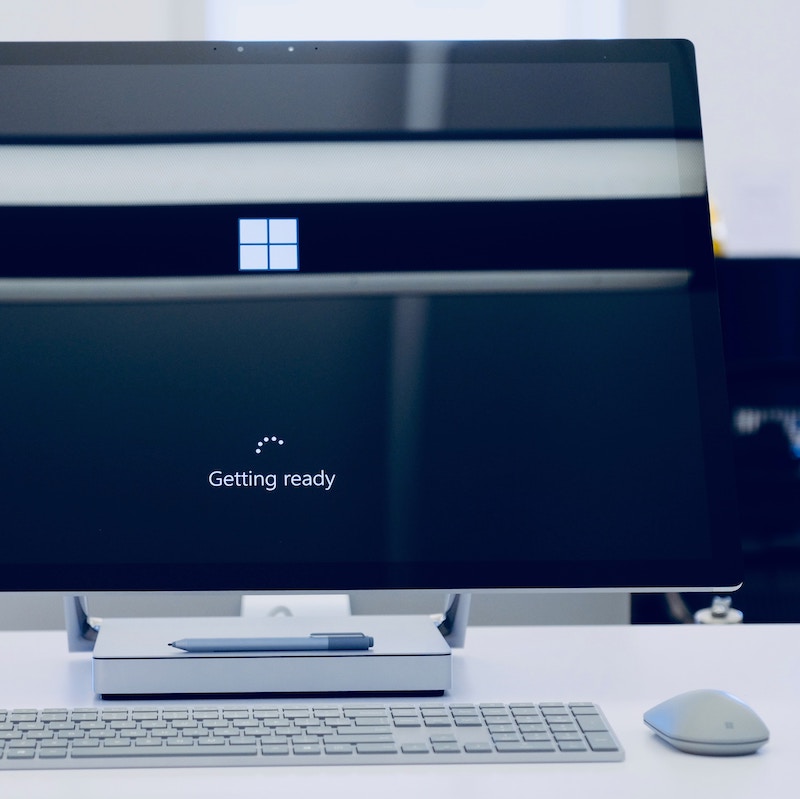Windows 7 is now an unsafe operating system since Microsoft withdrew all support on January 14, 2020.
Upgrading to Windows 10 is now a must for every business to avoid significant security risks. It may feel like an intimidating prospect, but with professional help it’s easily manageable.
What Happened on January 14?
Microsoft has now ended all support for Windows 7, concluding a two-stage process. The year 2015 marked the end of Mainstream Support during which it releases new features and deals with support queries free of charge.
Next came five years of Extended Support during which the only updates to Windows 7 were fixes for security holes and significant performance bugs, while support became a paid option.
With Extended Support now ended, Microsoft has no plans to issue any further security updates or patches for Windows 7, even though more than one in four Windows users are still on that edition.
So What’s the Danger?
Windows 7’s ongoing popularity a decade after release could be its downfall now. Its large user base and lack of protection makes it the primary target for hackers and cybercriminals in 2020. Businesses continuing to use Windows 7 face particular threats, including:
-
- Data theft, including financial information or corporate secrets
- Ransomware in which files on a computer or entire local network are encrypted and thus inaccessible unless you pay an extortion fee
- Financial costs dealing with breaches, including wasted staff time
- Penalties for breaching a range of data security laws
- Loss of trust and business among customers if personal data is compromised
Is Windows 10 Any Better?
Windows 10 is significantly more secure than Windows 7 now for several reasons. It’s still actively supported with regular security updates. And it will likely avoid becoming obsolete as there are no current plans for a Windows 11 and no Mainstream/Extended Support deadlines. Instead, Microsoft plans to continue developing and updating Windows 10.
Because it receives regular support and advanced security updates, Windows 10 offers many security advantages over Windows 7, including:
-
- Measures to limit the scope of any breach
- Options to encrypt individual files
- Treatment of all applications as suspicious by default, allowed only to run when they are confirmed safe
Is Upgrading a Hassle?
Upgrading an operating system across a business can seem complex, but it’s manageable when you plan for and execute the migration properly.
Before you complete the upgrade, make sure you take the following steps:
-
- Know exactly what data you have (and what you create each day) and make sure to have a complete and reliable backup.
- Audit both the applications and hardware you use and ensure they are fully compatible with Windows 10. In particular, you’ll need to think about drivers, the small files that make sure devices, such as monitors and printers, can talk to Windows properly.
- Test Windows 10 on a select set of devices to see if you find any unexpected glitches.
- Train staff so they can quickly adjust to the new look and feel of Windows 10 (though it’s possible to tweak settings to make everything more familiar).
- Carefully plan the best schedule for making the switch so that you minimize downtime and limit inconsistencies across your network.
How Can I Get More Help?
If you’re a small to medium-sized business, you may find upgrading to Windows 10 a daunting task. (Indeed, that’s one of the reasons so many businesses still haven’t made the move.) It’s wise to bring in outside help, particularly from a Managed Service Provider with a flexible approach, that can tackle the upgrade without forcing you to sign up for packages and services you don’t need.
At AxiaTP, we can help you achieve a Windows 10 upgrade seamlessly and efficiently so you don’t have to sacrifice productivity during the transition. We make sure you have reliable data backups so that you can carry out the upgrade stress-free and be working on Windows 10 in no time.



